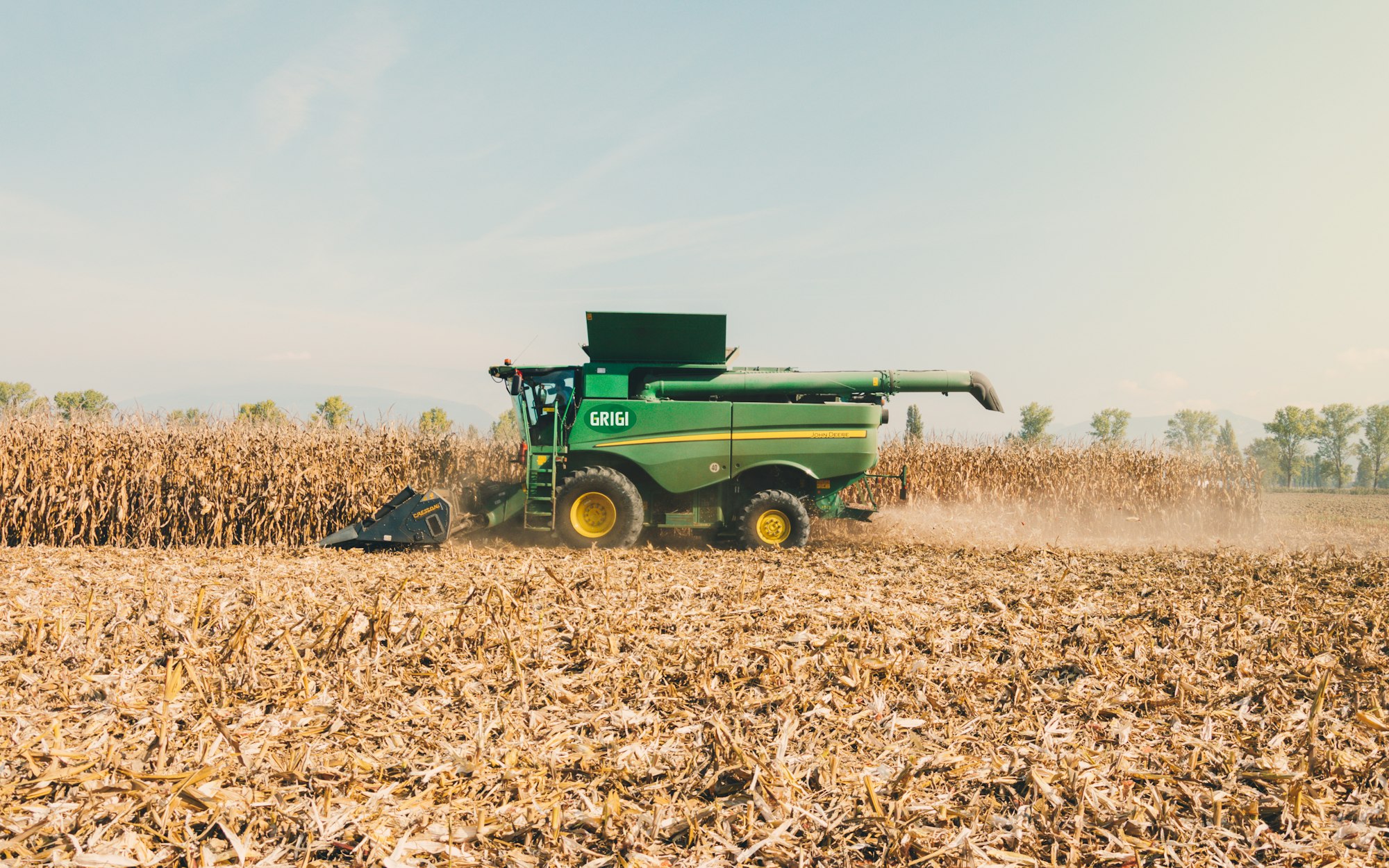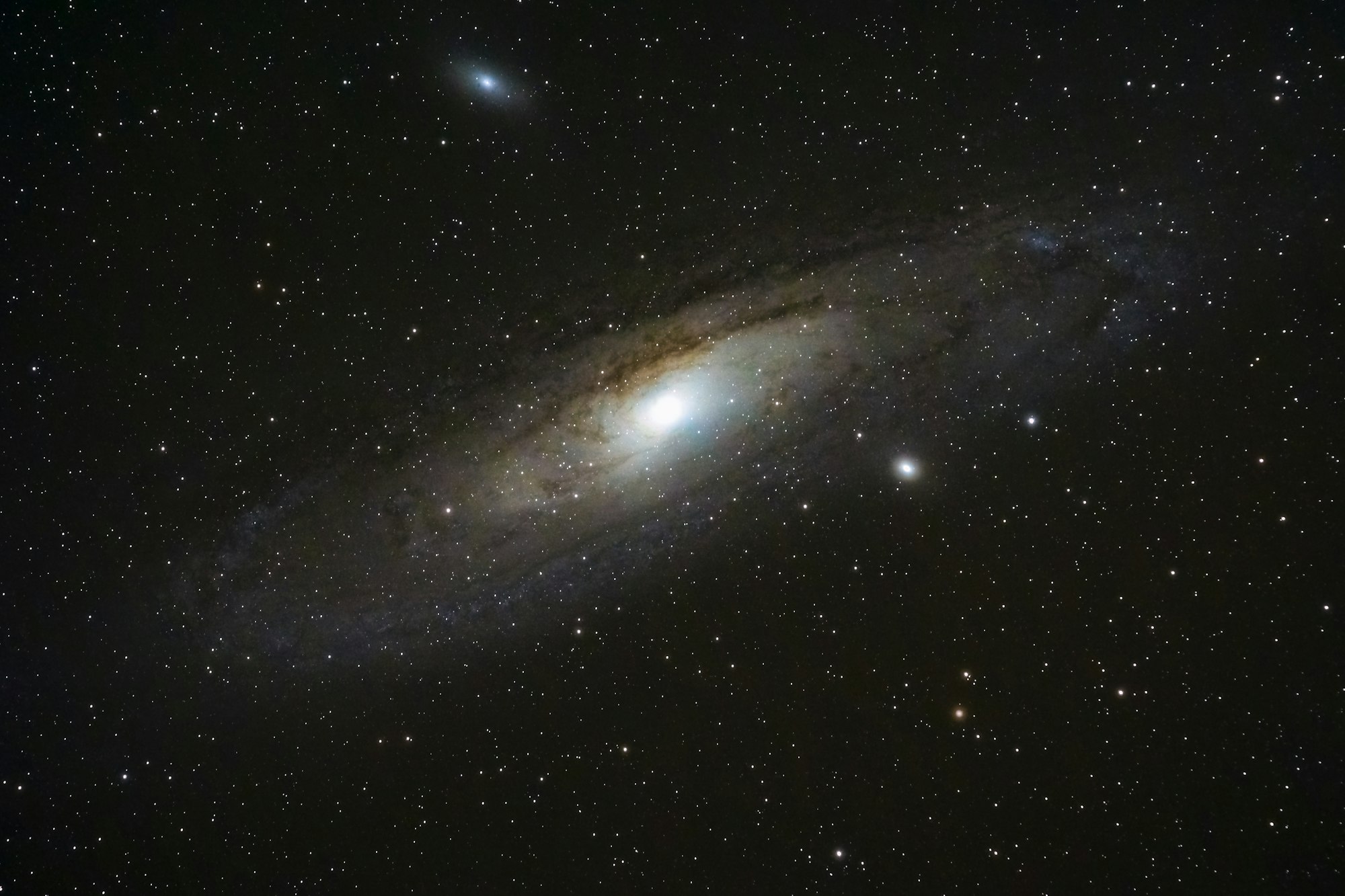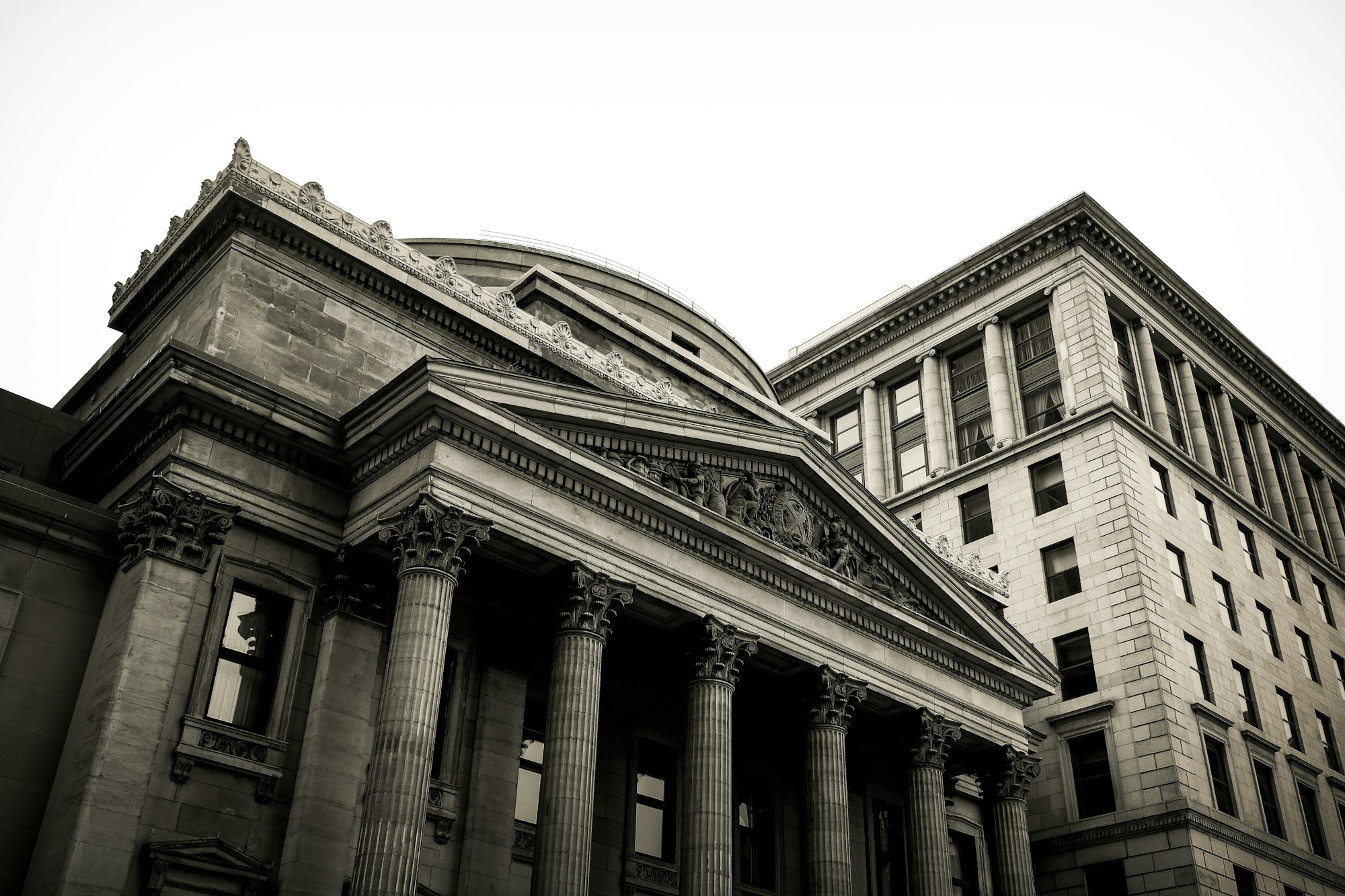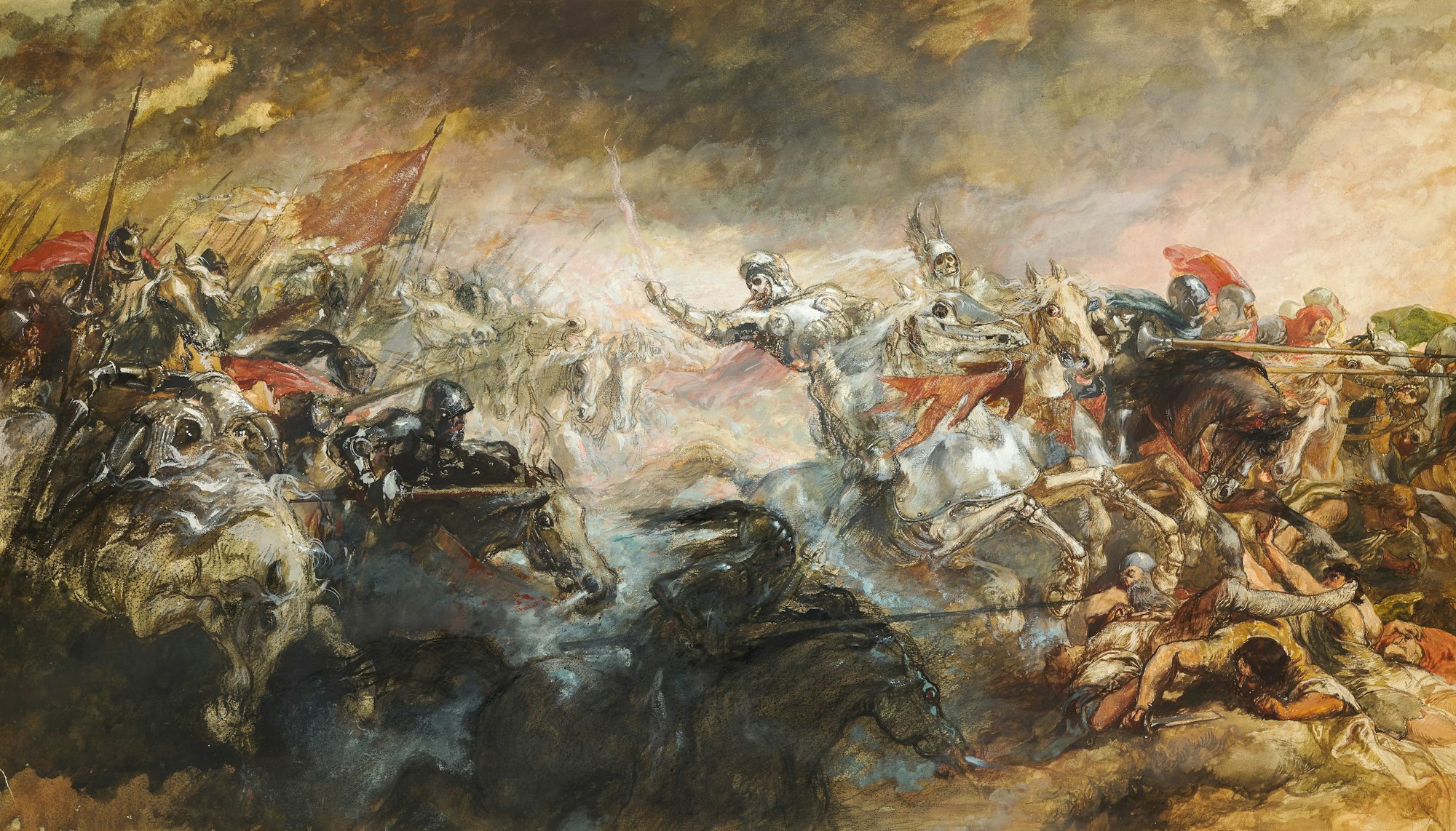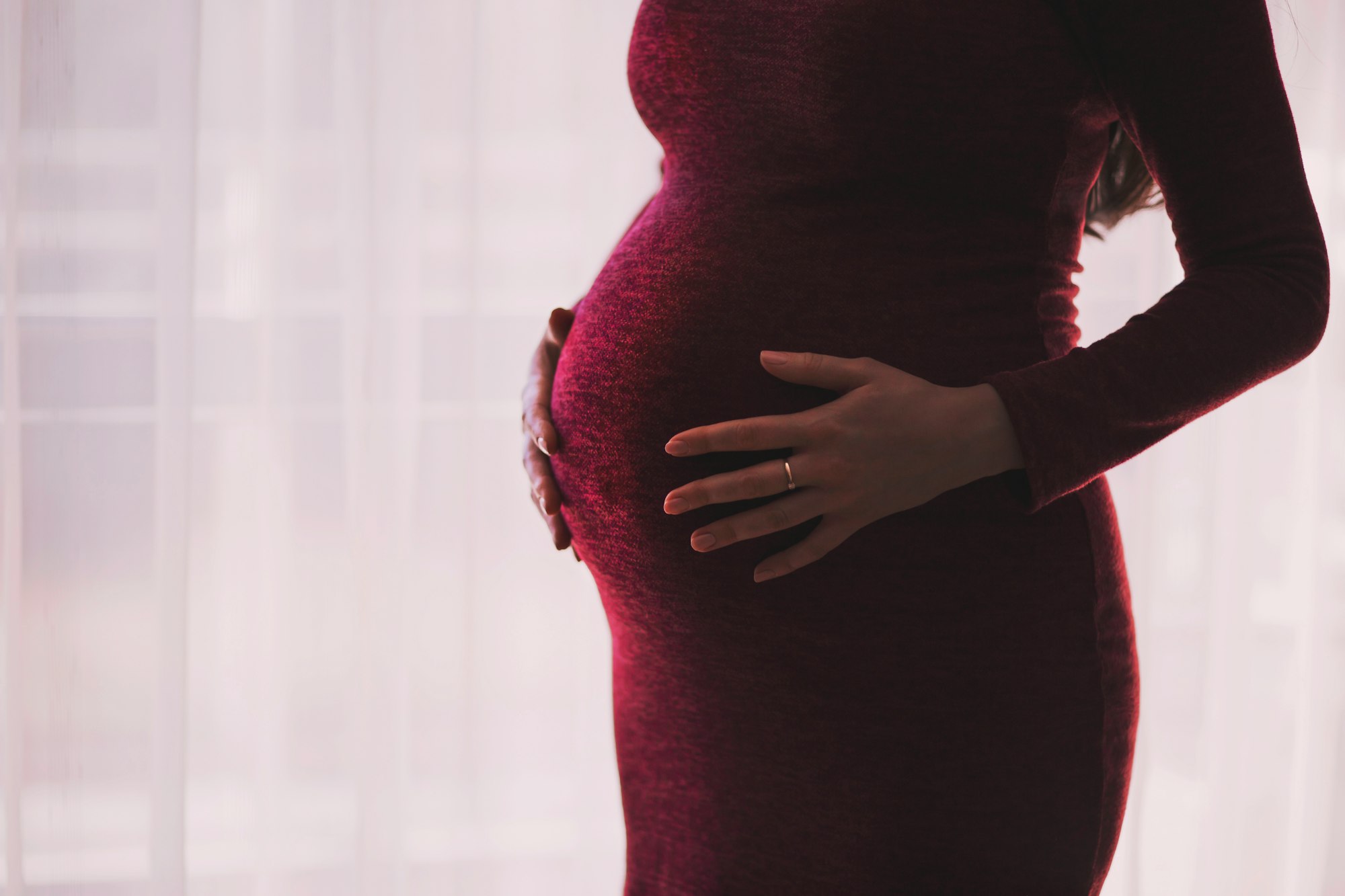What happens when the masses become collapse aware?
Mass delusion and the comfort of denial

Society clings to comforting delusions in the face of doom. History offers sobering examples.
Psychologists describe the “normalcy bias” – our tendency to underestimate threats and carry on as if nothing’s wrong.
Most people show this bias when facing disasters, failing to prepare adequately or evacuate when they should. Before Hurricane Katrina, thousands refused evacuation orders. Even on the Titanic, some passengers downplayed the iceberg strike, convinced the unsinkable ship would stay afloat. Denial is the first phase many go through – our minds insist everything is normal until evidence is overwhelming.
Denial is contagious. Cassandras are often shamed into silence – the masses prefer to “remain calm.” They don't want anyonoe deflating their attempts at feeling normal. From ancient times to today, mass delusions have shielded societies from painful truths. In past collapses, denial often reigned until the last moment. That same psychological armor dulls our sense of urgency as climate indicators flash red.
This collective denial is actively reinforced. Media and political forces maintain a façade of normalcy. After 9/11, President Bush’s advice was “Go shopping.” Consumption became a distraction from crisis. Historian Andrew Bacevich noted Bush and co. calculated that prolonging the credit-fueled consumer binge would keep public discontent at bay.
Climate denial is reinforced the same way. Scientific reports have been censored or downplayed. In the 2000s, the U.S. government undermined climate science, dismissing clear evidence and deleting entire sections from official reports. Fossil fuel companies funded decades of disinformation. Media outlets gave false balance to denial or buried dire environmental news beneath celebrity gossip.
In past catastrophes, reassuring voices always said “all is well, keep shopping.” Today, warning voices are drowned out by advertisements and political spin.
Capitalism forces this out of self-preservation. If we lose faith in the future, what happens to money, work, or meaning? During Germany’s 1923 hyperinflation, money lost all meaning. People used it for wallpaper or stove fuel. In collapse, money would become irrelevant. A sack of rice would be worth more than a million in the bank.
Work would shift to survival tasks: farming, repair, medicine. Other jobs would vanish. Collapse-aware people already feel this. Some say earning money or studying feels absurd. Others double down on pleasures, knowing the end is near.
Value would shift. Relationships might become currency. Skills, trust, and resilience would matter. Progress would mean surviving the next season. We’d redefine what a good life means, and it would likely mean the end of consumerism.
When Collapse Becomes Reality: Barbarism or Kindness?
Eventually, the storm hits the shore and can no longer be dismissed as theoretical. When collapse becomes undeniable, how do people behave?
Disaster researchers find most don’t panic or turn violent. Often, the opposite happens. Rebecca Solnit documented how during crises like earthquakes, 9/11, or Hurricane Katrina, many people behaved well – showing altruism, courage, and resourcefulness. In New Orleans, neighbors formed volunteer rescue flotillas and shared food. Solnit calls it a “paradise built in hell.” WWII disaster sociology studies also found that people are often brave and altruistic, not savage.
But prolonged or extreme collapses can breed panic, exploitation and brutality. Vigilantes gunned down innocent people post-Katrina. In failed states, warlords used rape, murder, even cannibalism as tools of terror. When authority disappears, some exploit the vacuum. A global collapse would show both: solidarity and violence. Kindness tends to be the majority response, but we’ll see both faces of humanity. Often, the minority response is what dictates the path forward, as the violent actions of the few easily overwhelms the peaceful response of the many.
The Holodomor (Ukraine, 1932–33) shows collapse stripping humanity to its bones. Millions starved as Stalin seized their grain. Cannibalism became common. Mothers killed their weakest children to feed the others. Some dug up corpses. Parents abandoned children, neighbors stole or murdered for scraps. Life became a raw fight for survival.
In the Bengal famine of 1943, about three million died. The suffering was immense. Mass prostitution emerged. Parents sold daughters. Dignity vanished.
Across India and Africa, famine meant families gave up their children. In 19th-century India and China, reports surfaced of cannibalism.
Recent African conflicts have shown both desperation and atrocity. In Somalia’s 1990s collapse, famine and war intermingled. In the Second Congo War, militias weaponized cannibalism. A UN report described a militia forcing people to eat human flesh to leave alive. Others survived by eating roots, grass, stewing leather boots, or extracting grains from dung. Collapse stretches human behavior to extremes.
The “Collapse-Aware” Individual
Some already see collapse coming. Preppers, climate doomers, and off-gridders. Some stockpile food and ammo. Others move off-grid and learn to grow food. Many feel isolation. Warning others earns eye-rolls. Some channel foresight into action, others fall into despair.
Research shows that despite their assumptions, people usually don’t turn violent. In crises like the pandemic or blackouts, cooperation was common. Still, resource disruptions are real. In early COVID, stores ran out of essentials. During the Texas freeze, supermarkets emptied. Collapse-aware individuals had an advantage.
Psychologically, they take different paths. Some warn others. Some withdraw. Some give up. Accepting inevitable collapse can make one feel like giving up on everything. Some stop caring about bills or careers. The future becomes meaningless.
What would make the public accept collapse? Perhaps tipping points? Scientists warn about the West Antarctic or Greenland ice sheet collapse, Arctic methane bursts, or the shutdown of the Atlantic Ocean current. These events would be undeniable. Sea levels would rise. Farms would fail. Cities would drown.
A global famine, a financial crash, or a chain of mega-disasters – those would signal the end of normal. If crops fail in multiple breadbasket regions, or if the global insurance system collapses, denial would presumably end. Empty shelves, blackouts, and failed governance would wake people up.
Until that point, many intellectually know collapse is possible, yet life continues. Civilization is the terminal patient with no timeline. So we go to work, pay bills, plan vacations. It’s denial, but also a survival mechanism. Like a dying person distracting themselves with daily routines.
Some call false hope dangerous. If we keep pretending everything is fine, we waste time that could be used to prepare, connect, or grieve. But if we accept collapse too soon, collapse becomes a self-fulfilled prophecy. Or maybe it wuold be the stop-shock that shrinks life back to equilibrium. Is acceptance the antidote? It's probably too late for that.
In reality, most people will keep acting normal until normalcy becomes impossible.
Denial might be necessary. It buffers unbearable anxiety. In grief, denial helps us survive the initial shock. If collapse becomes obvious too early, panic could make it worse. But too much denial prevents preparation.
As collapse draws near, denial will erode. Reality is persistent. Empty shelves and dead wells break illusions. Until then, denial spares the masses from constant terror.
If you find value in my work, you can support me by subscribing, sharing or making a one-time contribution.
Thank you,
Sarah
Some older favourites:

